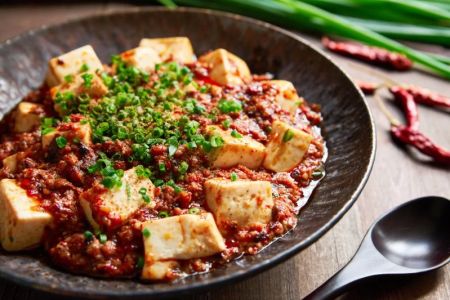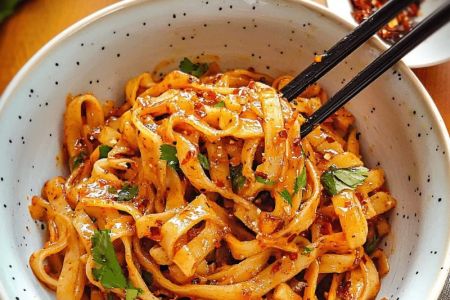- regional-diversity-of-chinese-food
- most-famous-dishes-in-china
- street-food-and-local-specialties
- food-and-culture
- where-to-find-the-best-chinese-food
1. Regional Diversity of Chinese Food
When asking “what are popular foods in China,” it’s impossible to give a one-size-fits-all answer. China’s culinary landscape is as diverse as its geography, and understanding regional cuisine is key to appreciating its food culture.
In the north, you'll find hearty dishes like Beijing Roast Duck—crispy-skinned, tender meat served with pancakes and hoisin sauce. Meanwhile, in Sichuan Province, spicy reigns supreme. Mapo Tofu and Kung Pao Chicken are not just meals, but cultural experiences rich in bold, numbing flavors from Sichuan peppercorns.
The south offers lighter, subtler tastes. Cantonese Dim Sum and Wonton Noodle Soup are staples that highlight delicate cooking techniques. Coastal regions like Fujian and Zhejiang contribute seafood-heavy menus, such as Drunken Crab and West Lake Vinegar Fish.
2. Most Famous Dishes in China
Some dishes have earned nationwide or even global recognition. Sweet and Sour Pork, known for its balance of tang and crunch, is a favorite in both local eateries and international Chinese restaurants.
Then there’s Dumplings (Jiaozi)—a beloved comfort food often shared during Chinese New Year. Stuffed with pork, shrimp, or vegetables, dumplings symbolize unity and prosperity, making them far more than just a snack.
Another favorite is Hot Pot, which originated in Chongqing and has since become a social dining tradition across China. It’s not just a meal—it’s an event, where diners cook thinly sliced meats, tofu, and vegetables in a bubbling pot of spiced broth.
3. Street Food and Local Specialties
If you're trying to understand what are popular foods in China from a local’s perspective, you have to explore street food. In Xi’an, Roujiamo (often dubbed the “Chinese hamburger”) is a must-try. It’s a crispy flatbread stuffed with braised, spiced pork that melts in your mouth.
Head south to Chengdu or Guilin and you’ll discover roadside vendors selling Chuan'r (grilled skewers), Sticky Rice Balls, and Spicy Rice Noodles. These regional bites are not only cheap and flavorful but also deeply tied to local identity and tradition.
One fascinating case that went viral on Chinese social media was the growing obsession with Luosifen, a pungent snail noodle soup from Liuzhou. Its unique, funky smell has turned it into a culinary sensation, attracting both diehard fans and curious first-timers across the country.
4. Food and Culture
Food in China is not just about taste—it's embedded in the country's history, values, and social customs. Meals are often shared, with dishes placed in the center for everyone to enjoy, reinforcing the importance of family and community.
Seasonal eating is another integral part of the food philosophy. During Dragon Boat Festival, people eat Zongzi (sticky rice dumplings wrapped in bamboo leaves); during the Mid-Autumn Festival, Mooncakes are exchanged as symbols of reunion.
In rural areas, many still follow time-honored cooking techniques passed down through generations. From fermentation to pickling, these traditional practices contribute to the depth and authenticity of Chinese food that tourists rarely get to experience unless they venture off the beaten path.
5. Where to Find the Best Chinese Food
Whether you're in China or abroad, finding authentic Chinese cuisine is all about knowing where to look. In major cities like Shanghai, Beijing, and Guangzhou, food streets and traditional markets offer a wide range of flavors. Local recommendations are gold—talk to residents, taxi drivers, or even university students.
For those exploring food options online, visiting platforms like Chinese Food can help guide you toward the best dishes, restaurants, and even grocery products if you want to cook authentic Chinese meals at home.
So, next time you’re wondering what are popular foods in China, think beyond the basics. Explore regional variety, dive into street food culture, and understand the deeper connection between cuisine and identity. That’s where the real flavors live.








